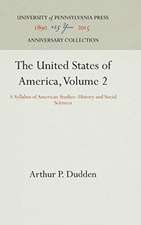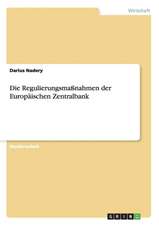Quantity Planning and Price Planning in the Soviet Union
Autor Hans Hirsch, William N. Loucks, Karl Scholzen Limba Engleză Hardback – 28 ian 1961
The question of economic accounting under socialism has attracted much interest for a long time. This is primarily due to its key position in the controversy over the economic order. However, if understood correctly, it is just as important to pure economic theory. Here lies the best opportunity first to examine price theory statements and to perceive how far price theory has either general validity or is merely applicable to particular historical phenomena and, secondly, to separate out the items that are not determined by the logic of the theoretical system but by the incidental peculiarities of the empirical economy to which the theory is related.
Hans Hirsch's treatise deals with the Soviet experience and difficulties. The treatise also shows the methods of economic guidance employed in Russia by considering the following significant theoretical economic series of topics: the principles determine quantities of product and the direction of their use; the distribution of authority and influence between higher and lower guiding agencies; the role of prices in the guiding process; and finally the operating forces and viewpoints, in setting prices. In the presentation the conflict between the system of material planning, which forms the basis, and the effects of the financial means of guidance, especially of prices, becomes clearly visible. This gives occasion to attempt a theoretical interpretation of the material guidance system, as such, and in its relationship to a financial guidance system. In so doing the author expresses views as to the basic compatibility of material and financial guidance methods, contrary to hitherto prevailing doctrine. The knowledge thus acquired will serve as renewed stimulus to further development of the theory of economic planning.
Preț: 556.05 lei
Preț vechi: 624.77 lei
-11% Nou
106.40€ • 111.39$ • 88.04£
Carte tipărită la comandă
Livrare economică 05-19 aprilie
Specificații
ISBN-10: 1512802492
Pagini: 272
Dimensiuni: 140 x 210 x 15 mm
Greutate: 0.56 kg
Ediția:Reprint 2016
Editura: MT – University of Pennsylvania Press
Cuprins
Quantity Planning: Balances and Norms
—Statement of the Problem
—Obtaining Production Data
—Economic Goal Setting
—Balances
—Norms as Element, Combining Balances: Their Determination
—Norms as Routine Stimulation of the Economy
—Participating of Central and Lower Agencies in Drawing Up of the Plan
The Place of Financial Planning in the Soviet Planning System
—The Economic Sense of Money Calculation
—The Introduction of Money Calculation for Control of Plan
—The Differing Attitude Toward Use of Financial Magnitudes as Lead Criteria
Relationship Between Material and Financial Guidance and Division of Economics Decision-Making Authority
—Distinguishing Characteristics of the Material Method of Guidance
—Relationship Between Determining Goal and Guiding Method
—Compatibility of the Material and the Financial Guiding Method
—The Position of the Enterprise in the Soviet Guidance System
—Distribution of Influence in Planning Investment
Principles of Price Planning
—Elements of Price and Bases for Their Determination
—Viewpoints of Price Regulation
—The Significance of Inflation for the Formation of the Soviet Price System
Final Evaluation of the Price System












